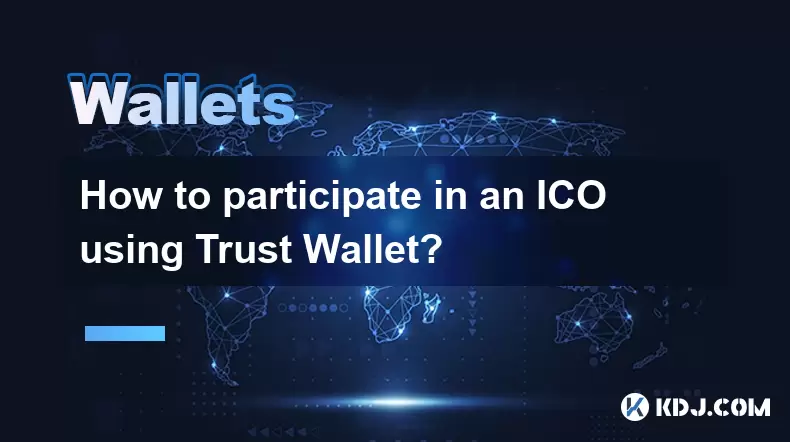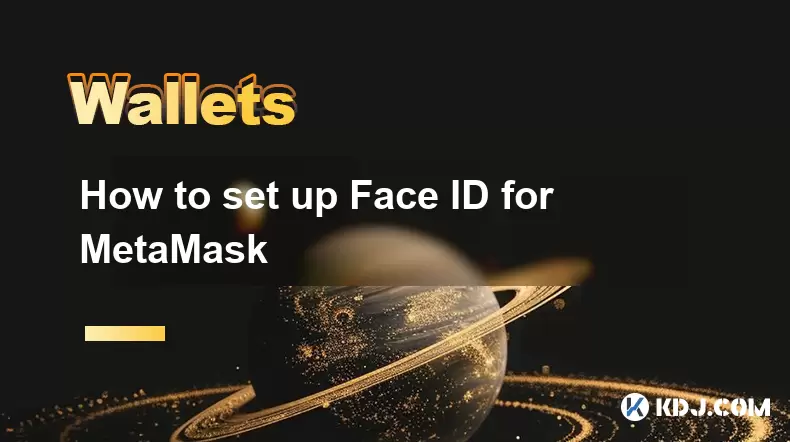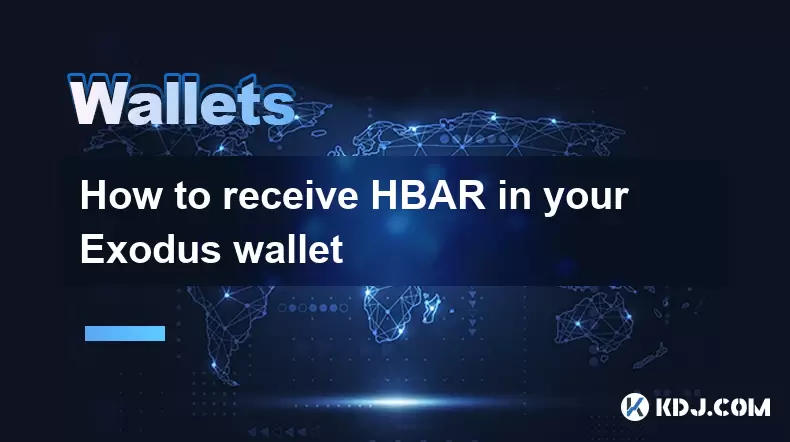-
 Bitcoin
Bitcoin $119300
2.40% -
 Ethereum
Ethereum $4254
-0.20% -
 XRP
XRP $3.184
-1.38% -
 Tether USDt
Tether USDt $1.000
0.00% -
 BNB
BNB $803.9
0.58% -
 Solana
Solana $183.1
1.50% -
 USDC
USDC $0.0000
0.01% -
 Dogecoin
Dogecoin $0.2339
-2.87% -
 TRON
TRON $0.3384
0.88% -
 Cardano
Cardano $0.8018
-0.29% -
 Hyperliquid
Hyperliquid $45.13
3.14% -
 Chainlink
Chainlink $22.10
0.96% -
 Stellar
Stellar $0.4439
-0.94% -
 Sui
Sui $3.875
-0.73% -
 Bitcoin Cash
Bitcoin Cash $570.7
0.24% -
 Hedera
Hedera $0.2589
-2.90% -
 Ethena USDe
Ethena USDe $1.001
-0.01% -
 Avalanche
Avalanche $23.83
-1.73% -
 Litecoin
Litecoin $123.8
2.61% -
 Toncoin
Toncoin $3.351
-1.13% -
 UNUS SED LEO
UNUS SED LEO $9.103
1.13% -
 Shiba Inu
Shiba Inu $0.00001356
-1.40% -
 Uniswap
Uniswap $10.93
-0.19% -
 Polkadot
Polkadot $4.057
-1.97% -
 Dai
Dai $1.000
0.01% -
 Cronos
Cronos $0.1646
4.66% -
 Ethena
Ethena $0.7974
8.11% -
 Pepe
Pepe $0.00001208
-2.89% -
 Bitget Token
Bitget Token $4.445
-1.70% -
 Monero
Monero $268.8
-2.00%
How to participate in an ICO using Trust Wallet?
Trust Wallet allows ICO participation via supported blockchains like Ethereum and BSC, but users must manually connect to external platforms and ensure network compatibility.
Aug 10, 2025 at 09:49 pm

Understanding ICOs and Trust Wallet Compatibility
An Initial Coin Offering (ICO) is a fundraising mechanism used by blockchain-based projects to raise capital by issuing new digital tokens in exchange for established cryptocurrencies like ETH, BNB, or USDT. While Trust Wallet is primarily a mobile cryptocurrency wallet designed for storing and managing digital assets, it does not directly host or facilitate participation in ICOs through built-in features. However, users can still leverage Trust Wallet to participate in external ICO platforms by securely managing the funds needed for contributions.
It is essential to understand that Trust Wallet supports multiple blockchains, including Ethereum, Binance Smart Chain, and others where most ICOs are conducted. This compatibility enables users to send and receive the required tokens for ICO participation. Before engaging in any ICO, verify that the project accepts tokens supported by Trust Wallet, such as ERC-20 or BEP-20 tokens, and ensure your wallet address is compatible with the network the ICO operates on.
Preparing Your Trust Wallet for ICO Participation
To participate in an ICO using Trust Wallet, proper setup is critical. Begin by downloading the official Trust Wallet app from the App Store or Google Play to avoid counterfeit versions. Once installed, create a new wallet and securely back up your recovery phrase. This phrase is the only way to restore your wallet if you lose access to your device.
Next, ensure your wallet contains the correct cryptocurrency accepted by the ICO. For example, if the ICO accepts BNB on Binance Smart Chain, you must have BNB in your Trust Wallet. You can acquire BNB via exchanges like Binance and withdraw it directly to your Trust Wallet using the BNB Smart Chain (BEP-20) network. Misusing the wrong network (e.g., BEP-2 instead of BEP-20) can result in permanent fund loss.
Enable the correct network in Trust Wallet by navigating to the settings and ensuring Binance Smart Chain or Ethereum is activated, depending on the ICO’s blockchain. You can also add custom tokens if the ICO issues a new token not yet listed in Trust Wallet, using the contract address provided by the official project website.
Connecting Trust Wallet to ICO Platforms
Most ICOs are hosted on decentralized platforms or project-specific websites that support wallet connectivity via WalletConnect or direct address input. Trust Wallet supports WalletConnect, allowing secure interaction with decentralized applications (dApps). To connect:
- Open the ICO platform in the Trust Wallet browser (accessible via the "DApps" tab).
- Look for a “Connect Wallet” button on the ICO website.
- Select WalletConnect as the connection method.
- Scan the QR code displayed on the website using Trust Wallet’s scanner.
- Confirm the connection request in the app.
Once connected, the ICO platform can view your wallet address and token balance but cannot access your private keys. This ensures your funds remain secure while enabling participation. Always double-check that you are on the official ICO website to avoid phishing scams. Fake sites may mimic legitimate projects to steal funds.
Sending Funds to Participate in the ICO
After connecting your Trust Wallet, proceed to contribute funds. The process varies slightly depending on the platform, but generally involves the following steps:
- Verify the contribution amount and accepted token on the ICO site.
- Click the “Contribute” or “Invest” button.
- Confirm the transaction details, including the amount and receiving address.
- Approve the transaction in Trust Wallet when prompted.
- Wait for blockchain confirmation, which may take a few seconds to minutes.
In some cases, especially with Ethereum-based ICOs, you may need to approve token spending before contributing. This involves a separate transaction where you authorize the ICO smart contract to withdraw funds from your wallet. Trust Wallet will prompt you to confirm this approval with a gas fee. Ensure you have enough ETH for gas if using the Ethereum network.
Always keep a record of the transaction hash for future reference. This hash allows you to track the status of your contribution on blockchain explorers like Etherscan or BscScan. If the ICO uses a whitelist or tiered pricing, ensure you meet eligibility criteria before sending funds.
Receiving and Managing ICO Tokens
Once the ICO concludes or reaches its funding goal, tokens are typically distributed to participants’ wallet addresses. These tokens may appear automatically in Trust Wallet if they are on a supported network and already listed. If not, you may need to manually add the token using its contract address.
To add a custom token:
- Tap the “+” icon in Trust Wallet.
- Select “Add Custom Token.”
- Choose the correct network (e.g., BSC or Ethereum).
- Enter the token contract address, name, symbol, and decimals from the official project documentation.
- Save the token.
After adding, your balance should update once the distribution is complete. Exercise caution with tokens from unknown projects—some may be scams or have no trading value. Only interact with tokens from verified and audited smart contracts.
Security Best Practices During ICO Participation
Participating in ICOs carries risks, including fraud and smart contract vulnerabilities. To protect your assets:
- Never share your recovery phrase or private keys with anyone.
- Use official links only—avoid clicking on links from social media or emails.
- Verify the ICO’s smart contract address on platforms like Etherscan or RugDoc.
- Start with a small test transaction if uncertain.
- Enable two-factor authentication on any exchange used to acquire funding tokens.
Trust Wallet does not offer customer support for lost funds due to user error. Every transaction on the blockchain is irreversible. Stay vigilant and confirm all details before approving transactions.
Frequently Asked Questions
Can I participate in any ICO using Trust Wallet?
No. You can only join ICOs that accept cryptocurrencies supported by Trust Wallet and operate on compatible blockchains like Ethereum or Binance Smart Chain. Always verify network and token compatibility before proceeding.
What if the ICO tokens don’t appear in my wallet?
First, ensure the distribution phase has started. If tokens are still missing, manually add the token using its contract address in Trust Wallet. Confirm the address matches the official project source.
Is it safe to connect Trust Wallet to third-party ICO websites?
Connecting via WalletConnect is secure as long as you use the official website. The connection does not grant access to your funds. Avoid sites asking for your seed phrase or private keys.
Do I need gas fees to participate in every ICO?
Yes. Transactions on blockchains like Ethereum or BSC require gas fees paid in the native token (ETH or BNB). Ensure you have enough gas tokens in your wallet to cover both contribution and potential approval transactions.
Disclaimer:info@kdj.com
The information provided is not trading advice. kdj.com does not assume any responsibility for any investments made based on the information provided in this article. Cryptocurrencies are highly volatile and it is highly recommended that you invest with caution after thorough research!
If you believe that the content used on this website infringes your copyright, please contact us immediately (info@kdj.com) and we will delete it promptly.
- MultiBank Group, Record Results, and the $MBG Token: A New Era?
- 2025-08-11 14:50:12
- Bitcoin FilmFest 2026: Warsaw's Unexpected Crypto-Cinema Blockbuster
- 2025-08-11 14:30:12
- MultiBank Group's Record Results and the Rise of the MBG Token: A New Era in Finance?
- 2025-08-11 14:30:12
- Solana Price, Altcoin Throne, and Layer Brett: Who Will Reign Supreme?
- 2025-08-11 14:55:17
- Cryptos to Watch in 2025: Analyst Picks & Meme Coin Mania
- 2025-08-11 15:00:13
- Dogecoin, Toncoin, and Cold Wallet: Navigating Crypto's Latest Waves
- 2025-08-11 12:30:11
Related knowledge

How to manage your portfolio in Exodus wallet
Aug 08,2025 at 10:07pm
Understanding the Exodus Wallet InterfaceThe Exodus wallet is a non-custodial cryptocurrency wallet that supports a wide range of digital assets. When...

How to reset your MetaMask password
Aug 08,2025 at 01:28pm
Understanding the MetaMask Password Reset ProcessMany users confuse the MetaMask password with the seed phrase or private key, but they serve differen...

How to buy Dogecoin on MetaMask
Aug 08,2025 at 03:42am
Understanding Dogecoin and MetaMask CompatibilityDogecoin (DOGE) is a popular meme-based cryptocurrency that operates on its own blockchain, originall...

How to switch between networks in Trust Wallet
Aug 09,2025 at 11:07am
Understanding Network Switching in Trust WalletSwitching between networks in Trust Wallet allows users to manage assets across different blockchains, ...

How to set up Face ID for MetaMask
Aug 11,2025 at 09:28am
Understanding Face ID and Its Role in MetaMask SecurityFace ID is a biometric authentication system developed by Apple that uses facial recognition to...

How to receive HBAR in your Exodus wallet
Aug 08,2025 at 11:28pm
Understanding HBAR and the Hedera NetworkThe HBAR cryptocurrency is the native token of the Hedera Hashgraph network, a distributed ledger technology ...

How to manage your portfolio in Exodus wallet
Aug 08,2025 at 10:07pm
Understanding the Exodus Wallet InterfaceThe Exodus wallet is a non-custodial cryptocurrency wallet that supports a wide range of digital assets. When...

How to reset your MetaMask password
Aug 08,2025 at 01:28pm
Understanding the MetaMask Password Reset ProcessMany users confuse the MetaMask password with the seed phrase or private key, but they serve differen...

How to buy Dogecoin on MetaMask
Aug 08,2025 at 03:42am
Understanding Dogecoin and MetaMask CompatibilityDogecoin (DOGE) is a popular meme-based cryptocurrency that operates on its own blockchain, originall...

How to switch between networks in Trust Wallet
Aug 09,2025 at 11:07am
Understanding Network Switching in Trust WalletSwitching between networks in Trust Wallet allows users to manage assets across different blockchains, ...

How to set up Face ID for MetaMask
Aug 11,2025 at 09:28am
Understanding Face ID and Its Role in MetaMask SecurityFace ID is a biometric authentication system developed by Apple that uses facial recognition to...

How to receive HBAR in your Exodus wallet
Aug 08,2025 at 11:28pm
Understanding HBAR and the Hedera NetworkThe HBAR cryptocurrency is the native token of the Hedera Hashgraph network, a distributed ledger technology ...
See all articles

























































































